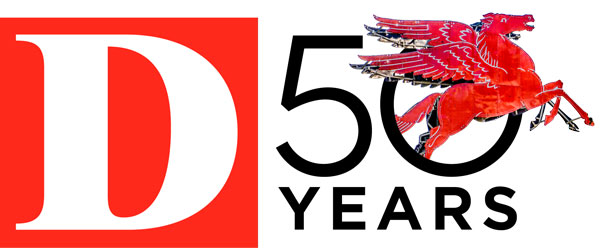Healthcare organizations are earnestly trying to help consumers shop for services. Those efforts are being met with a collective yawn.
According to a 2013 survey by Catalyst for Payment Reform, 98 percent of health plans offer cost calculator tools, but only 2 percent of members actually use them. Similarly, the Texas Hospital Association website, called Texas PricePoint, uses Texas Department of Health Services data to list what hospitals charge for common procedures. Only about 35 souls a day wander onto that site for information, according to THA vice president Lance Lunsford.
There is little doubt price transparency is a must-do for the U.S. healthcare system. One in four Americans struggled to pay medical bills in 2012, and one in 10 said they could not pay medical bills at all. A Kaiser Family Foundation study found that 70 percent of people reporting problems with medical debt were already insured. Cost-sharing was the leading contributor to the debt, as typical out-of-pocket costs were higher for health bills than the amount of cash most households had available.
Another indicator that the current system isn’t working: More than 60 percent of Americans who seek bankruptcy protection do so because of medical costs.
A recent report calculated that providing patients, physicians, employers, and policymakers more and better pricing information could save $100 billion over 10 years. The report urged physicians to embed prices for diagnostic tests in electronic health records, encouraged states to develop health claims databases to report hospital prices, and advocated requiring health plans to provide personalized out-of-pocket expense information for members.
As healthcare costs rise, employers are using a variety of cost-containment strategies, such as intensive management of high-cost patients, reference pricing, and centers of excellence for high-cost, complex services, along with wellness incentive strategies and more extensive coverage of preventive care. Price transparency is critical to many of these strategies.
Wally Gomaa, chief executive officer of Dallas-based ACAP Health Consulting, characterizes current price transparency efforts as “first generation.” The hope is that the next generation of transparency tools will show consumers quality comparisons as well as costs.
Gomaa recently spoke before a Dallas-Fort Worth Business Group on Health audience on the clear need for transparency tools. For example, hospital rates for cardiac imaging in Dallas-Fort Worth range from $1,361 to $9,219, compared with a Medicare rate of about $700. Similarly, he said, the cost of a major joint replacement ranges from $28,263 to $160,832 locally, compared with a Medicare rate of slightly more than $15,000.
Part of the problem is that listed hospital charges are not what most patients—or their insurance companies—pay. Those prices represent the starting point for negotiated rates between the hospital and insurer.
Eric Bricker, chief medical officer of Compass Professional Health Services, pointed out in a recent blog that price calculators generally do a poor job assisting consumers who face medical decisions. “Medical terminology is often too confusing to be able to know what test or procedure to correctly look up,” he wrote. “For example, is the person having an MRI of the lumbar, thoracic, or cervical spine? Is it with or without IV contrast dye? If a person is having a ‘stress test’ by a cardiologist, what type of stress test is it? There are over seven different types and they vary dramatically in terms of complexity and price.”
This article originally appeared in the October issue of D CEO magazine. Read the rest of it here.





